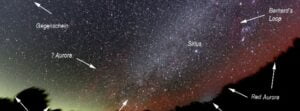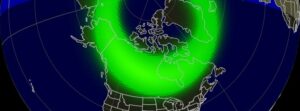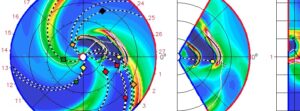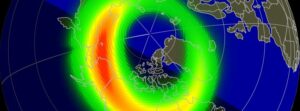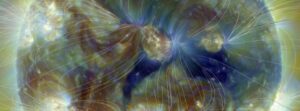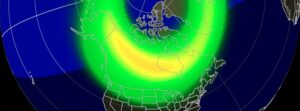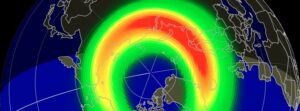Red auroras descend to Florida, marking first sighting since 2003 and 1989
A G4 – Severe geomagnetic storm on March 24, 2023, caused red auroras to appear over Florida and other low-latitude areas, marking the first such sighting over Florida in nearly 20 years. Numerous unusual phenomena were observed during this geomagnetic storm, including “aurora dunes” over Alberta, Canada.

